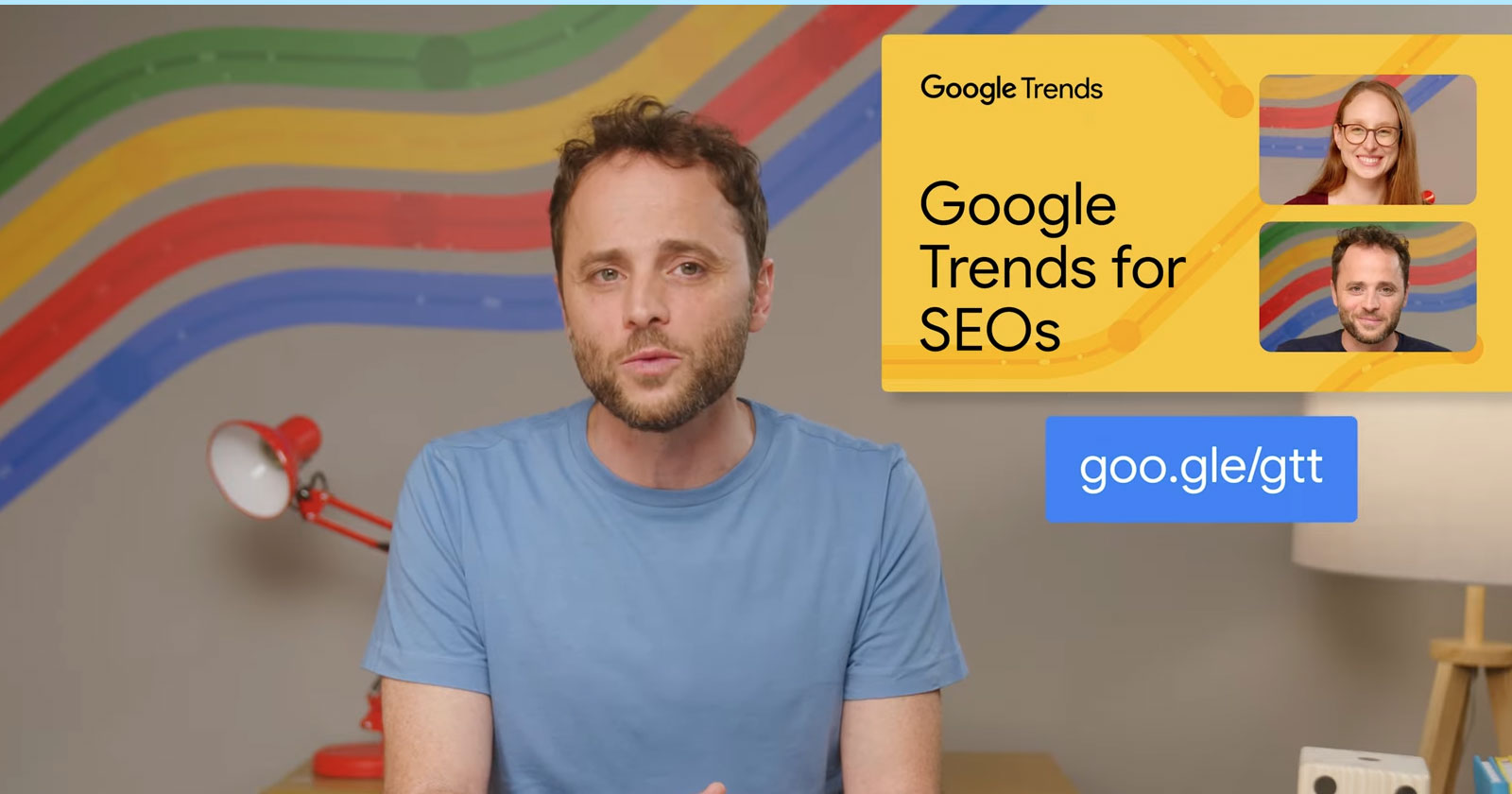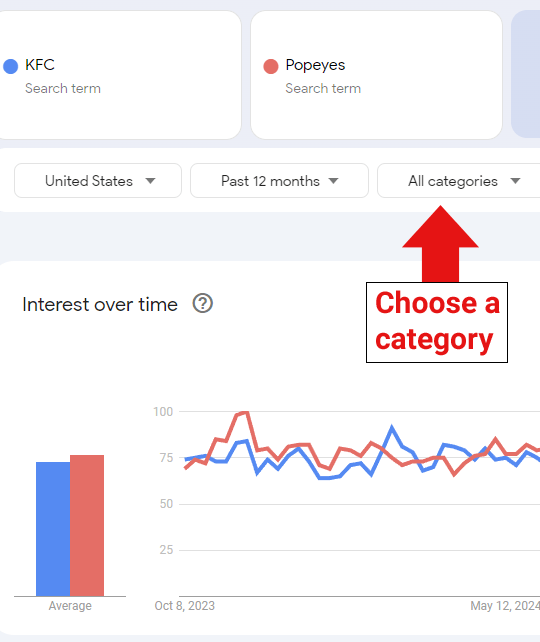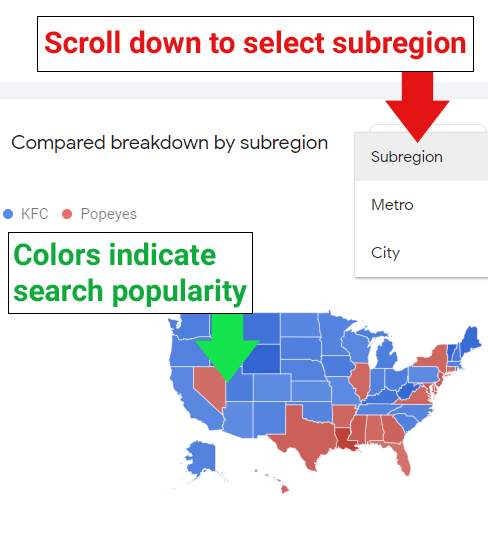Google Shows 3 Ways To Boost Digital Marketing With Google Trends

Google’s Daniel Waisberg and Omri Weisman share three tips for improving both online and offline marketing strategies. They explain how to leverage Google Trends search data to make better decisions about products, optimize strategies, understand consumer behavior, and focus marketing efforts for a higher ROI.
Google offers three tips:
- How To Benchmark Against Competitors
- Analyzing Brand Awareness
- Forecasting Product Demand
How To Benchmark Against Competitors
Google’s Daniel Waisberg showed that one way to research competitors is to do a head-to-head comparison of search terms for your company versus competitors by entering your company name or domain name in one panel of the Google Trends and your competitor’s in the second one. He suggests selecting a topic from the “categories” drop down menu which will allow for more specific user intent segmentation, where a user is looking for results in a specific niche or topic. Waisberg comments that it’s okay to not choose a category if one doesn’t exist.
Although he doesn’t mention it, there’s an additional way to segment users by the type of search (web search, image search, Google shopping, and YouTube search). This is an option that’s available that can help see how people are searching (images, videos, etc.) in comparison to competitors.
Step 1: Choose A Category

Google Trends shows a trend line indicating how often users are searching for both company names. The trend line shows if a company is trending up over time, if it’s experiencing a downward trajectory or if customer demand is on a steady level. Spikes can be evidence of seasonality but sharp spikes could be a sign of a marketing effort or promotion paying off.
Waisberg encourages users to scroll down to inspect search trends by subregion, metro areas and cities. While Waisberg suggests it’s a way to determine demand for opening a store, the way I use the information is for determining geographical areas where demand is higher and focus online marketing effort there to maximize ROI. This can be done for link building, PPC, email, whatever you’re method is.
Step 2: Analyze Subregions

Daniel Waisberg begins his explanation at the 03:11 minute mark:
“Looking at the results, you can see how well your competitor is doing in comparison to you over time. …when you scroll down, you can compare how strong you are for each of the subregions, metro areas and cities available, and these could help you gather data when deciding where to open a new store.”
2. Analyzing Brand Awareness
Waisberg explains that Google Trends can be used to track brand awareness by filtering results over time to identify what people are saying about the brand. He recommends setting the time range for the past 30 or 90 days.
Related search terms that are rising or are top terms offer insights into how consumers are perceiving your brand, including what they’re associating the brand with. This same method can be applied to analyze YouTube search trends related to brand by selecting YouTube Search from the Categories drop down menu at the top of the Google Trends page.
Google’s Omri Weisman explains from the 4:37 minute mark:
“To monitor what people are saying about you, you should check your brand name using Google Trends… Scroll down the page to see the related search terms card. Go through both the rising and the top terms on the list and make sure to paginate using the arrows below the table. This will give you a good idea of the terms people are using in connection with your brand.”
3. Forecasting Product Demand
An easy way to predict product demand with Google Trends is identify which products are searched for the most and then zero in on how demand changes with time. It’s suggested to pay attention to seasonal trends and adjust product inventory accordingly.
Waisberg explains how to do it at about the 6:44 minute mark by researching cheese. In his example he notes the seasonality but then takes the analysis another step forward by scrolling down and exploring related terms that can suggest related products with higher search demand that you may want to begin selling or reviewing.
He explains:
“If you Scroll down, you’ll find the related topics and the related queries cards. Here you can check the top topics to find ideas on what has already gathered a lot of interest and also the rising topics to get a sense on what is getting more attention lately. Don’t forget to look further through the pagination.
Notice how charcuterie appears on both lists. Add this term to your analysis. You’ll see that it has significantly more interest than cheese platters. Maybe you should consider analyzing this term further and potentially diversifying.”
Google Trends For Successful Online Marketing
Google’s Daniel Waisberg and Omri Weisman demonstrated how to use Google Trends to improve online marketing, competitor research, brand research, and better understanding customer preference and behavior. It can also be used to identify which products to focus on and at what times of year. These tips are useful for both online and offline marketing strategies.
Watch the Google Search Central video:
Google Trends for Marketing & Sales
Featured Image by Shutterstock/MR Gao
Source link : Searchenginejournal.com



